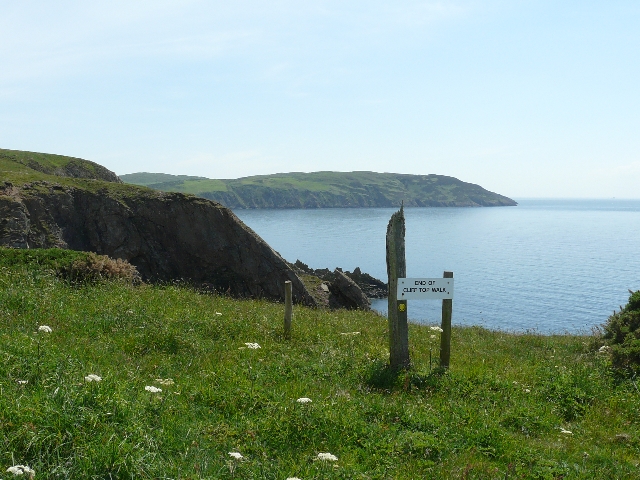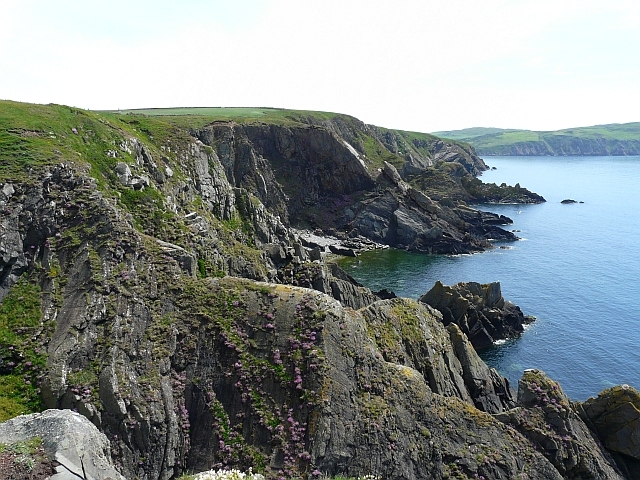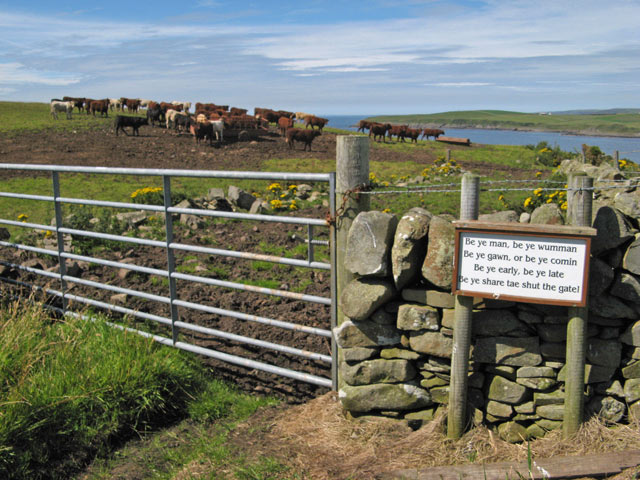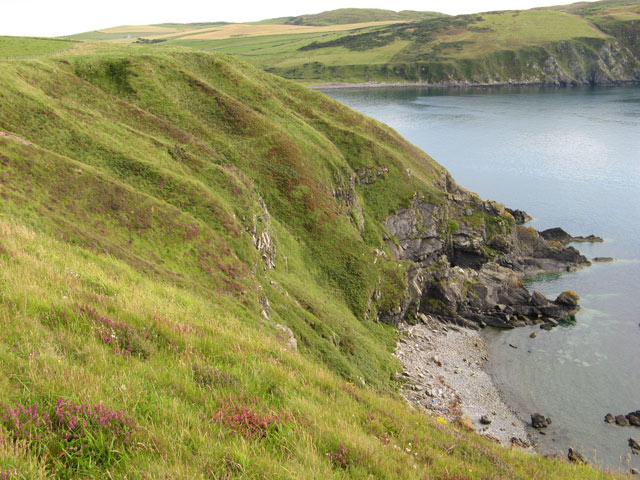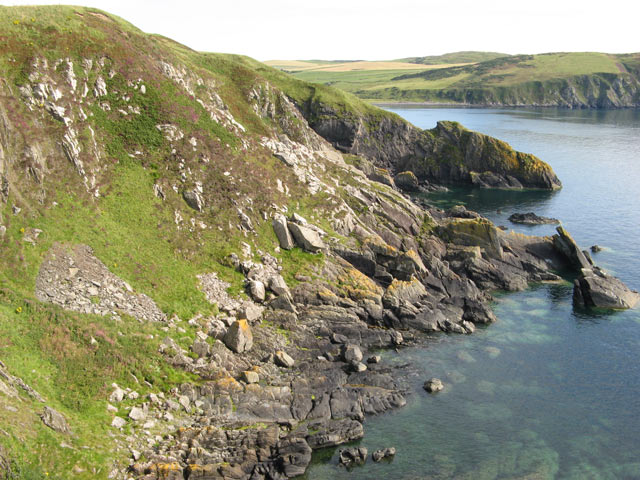Muldaddie Hill
Hill, Mountain in Wigtownshire
Scotland
Muldaddie Hill
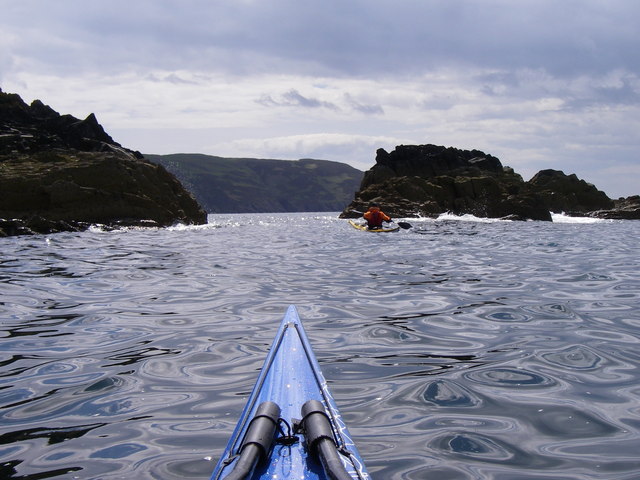
Muldaddie Hill is a prominent geographical feature located in Wigtownshire, Scotland. Sitting at an elevation of approximately 1,073 feet (327 meters), it is classified as a hill rather than a mountain. The hill is positioned in the southern region of Wigtownshire, near the village of Kirkinner.
Muldaddie Hill is part of a range of rolling hills that dominate the landscape of Wigtownshire. Its distinct shape and relatively steep slopes make it easily distinguishable from the surrounding terrain. The hill is primarily composed of grass and heather, creating a picturesque scene, especially during the summer months when the heather blooms in vibrant shades of purple.
The hill offers breathtaking panoramic views of the surrounding countryside, including the Solway Firth and the Galloway Hills in the distance. On clear days, it is even possible to catch a glimpse of the Isle of Man. Due to its accessibility and beautiful vistas, Muldaddie Hill is a popular destination for hikers and nature enthusiasts.
The area surrounding Muldaddie Hill is rich in biodiversity, supporting a variety of flora and fauna. Visitors may encounter wildlife such as red deer, mountain hares, and various bird species, adding to the allure of the hill.
Overall, Muldaddie Hill is a natural gem in Wigtownshire, offering outdoor enthusiasts an opportunity to immerse themselves in the area's stunning scenery and diverse wildlife.
If you have any feedback on the listing, please let us know in the comments section below.
Muldaddie Hill Images
Images are sourced within 2km of 54.717768/-4.9580878 or Grid Reference NX0939. Thanks to Geograph Open Source API. All images are credited.
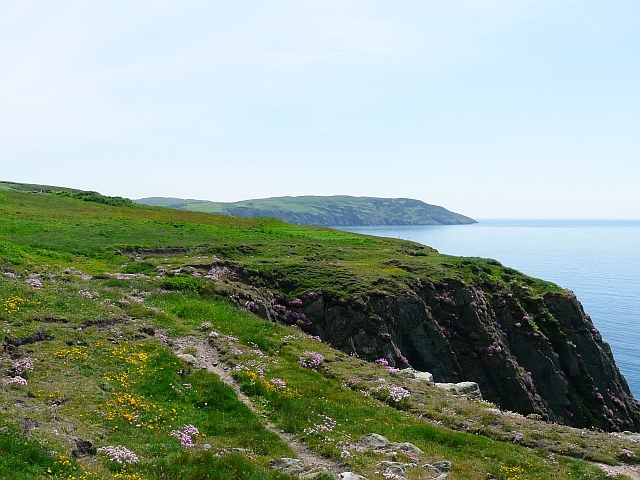
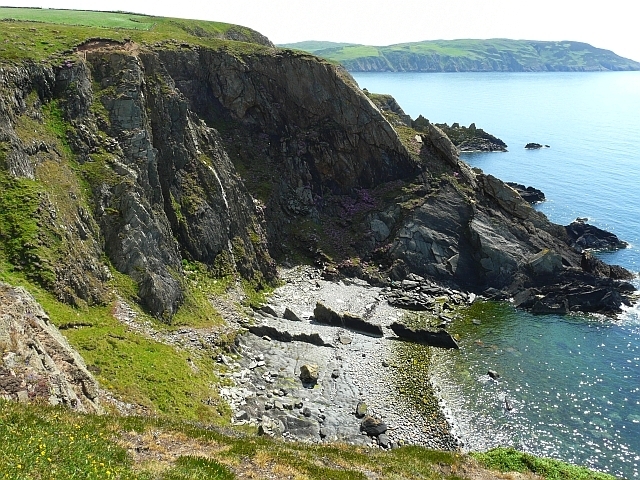
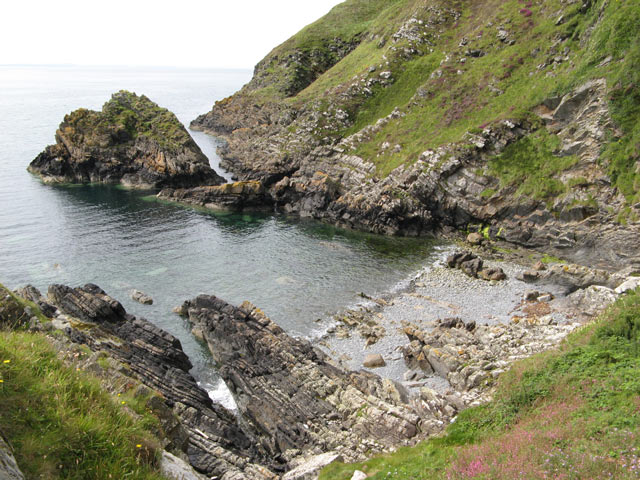

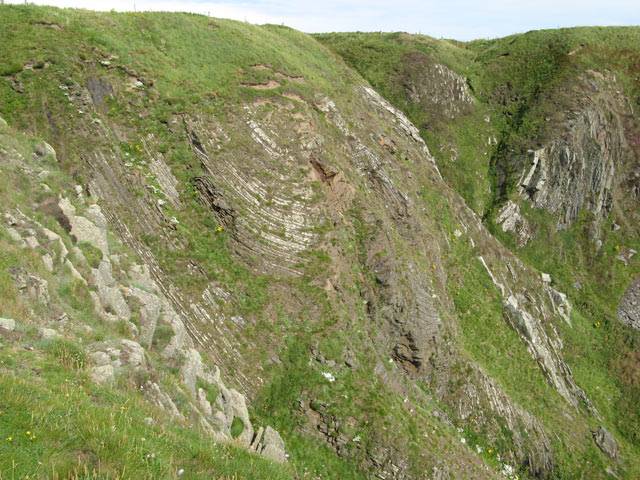
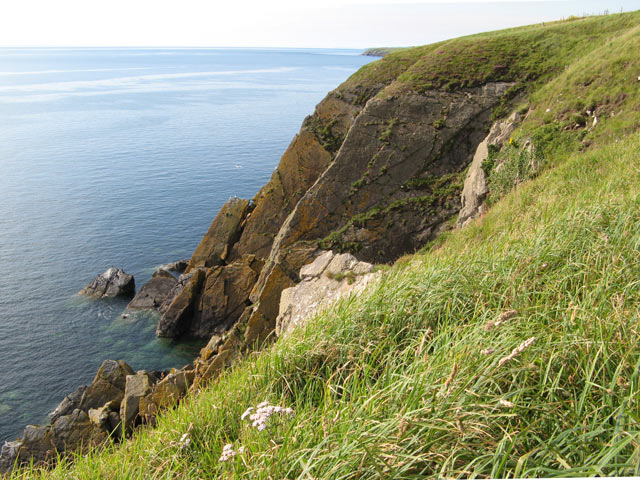
Muldaddie Hill is located at Grid Ref: NX0939 (Lat: 54.717768, Lng: -4.9580878)
Unitary Authority: Dumfries and Galloway
Police Authority: Dumfries and Galloway
What 3 Words
///amuse.redeemed.prep. Near Drummore, Dumfries & Galloway
Nearby Locations
Related Wikis
Port Logan
Port Logan, formerly Port Nessock, is a small village in the parish of Kirkmaiden in the Rhins of Galloway in Wigtownshire. The Gaelic name is Port Neasaig...
Logan Botanic Garden
Logan Botanic Garden is a botanical garden near Port Logan on the Rhins of Galloway, at the south-western tip of Scotland. The Botanic Garden was established...
Kirkmaiden
Kirkmaiden is a parish in the Rhins of Galloway, the most southerly in Scotland; the present Church of Scotland parish has the same name as and is approximately...
Kirkmaiden (village)
Kirkmaiden (sometimes Maidenkirk; Scottish Gaelic: Cill M'Eudan) is a small settlement in Galloway, Scotland, located approximately 17 miles (27 km) south...
Nearby Amenities
Located within 500m of 54.717768,-4.9580878Have you been to Muldaddie Hill?
Leave your review of Muldaddie Hill below (or comments, questions and feedback).
